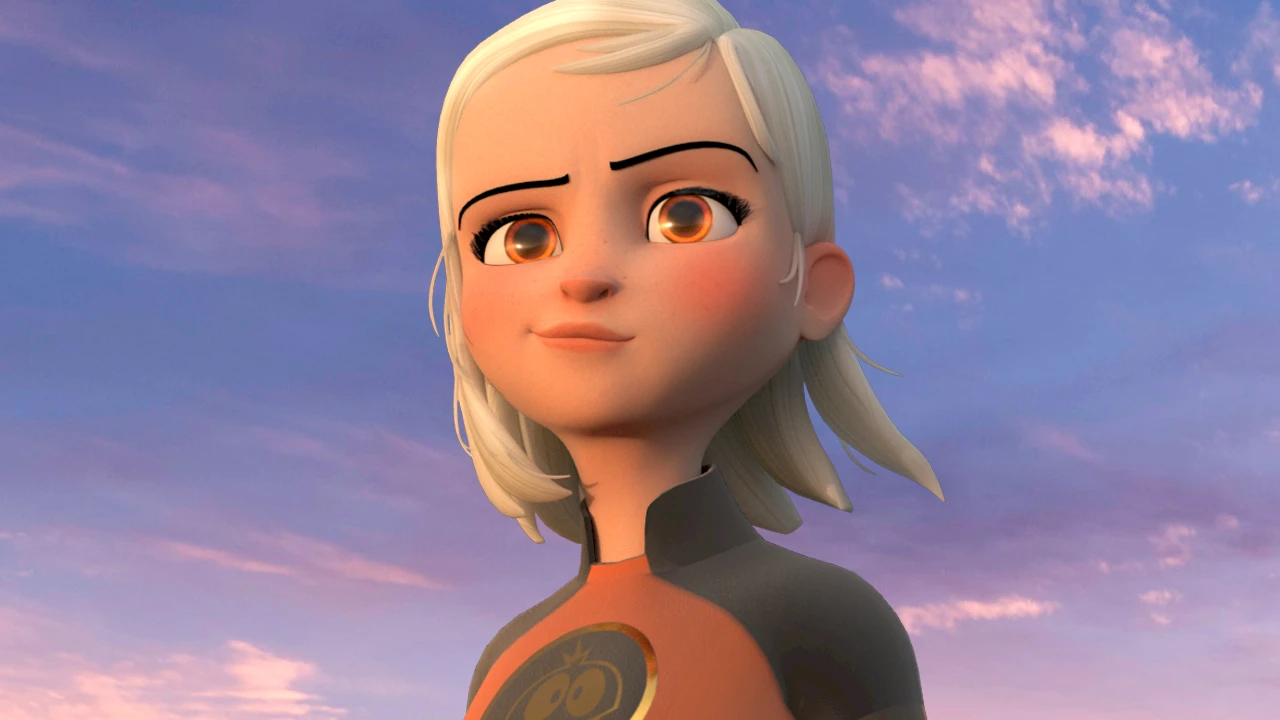-The Animation Mentor Crew
—
With the The Book of Life coming out today, animation lovers are reminded of something very important. In a movie-landscape that often sacrifices teachable moments in favor of pure entertainment, it’s crucial to recognize a flick that wants to tackle something as important as another culture.
Now, there’s nothing wrong with movies that just want to entertain — after all, we watch them to have a good time. But movies such as The Book of Life are a breath of fresh air. In addition to beautiful animation and a solid story, viewers will be treated with a glimpse at the Mexican holiday, Día de los Muertos (Day of the Dead).
There’s no guarantee everyone in the audience will walk away an expert on Día de los Muertos or Mexican folklore, but at least the movie is trying to help others understand. And to be honest, we should really talk about movies that make that effort. What better way to learn about a foreign culture than building it into the heart of something as beloved as cartoons?
There are plenty of movies out there that give viewers a glimpse into another culture. And as any animation aficionado knows, Japan is constantly producing movies embedded with their unique folklore. But there are movies from the Middle East, too, that reveal to audiences what it’s like to live in such war-torn areas.
Disobeying orders, he ventures into the forest and meets a friendly spirit who helps him safely achieve his goal. As the story unfolds further, the boy must deal with a pagan, Celtic god and the encroaching Vikings, all while learning how to help finish the Book of Kells. The Celtic folklore mixed with the real, ancient Irish threat of Viking invasion makes for a rich story that introduces the audience to a new world.
The latter group wants to continue clear-cutting the forest so the city can expand and the former group wants to protect their home. Ashitaka ends up on both sides of the conflict and is torn between protecting Mononoke and the people of Irontown. Eventually both sides have to come together when the great spirit of the forest is killed amid the conflict and everything starts dying.
Environmentally, the movie shows Japan’s struggle between its rapid industrialization and its desire to preserve its ties to nature. It’s a message that many movies try to communicate, but the way Princess Mononoke juxtaposes that discussion with a battle between gods and men makes it enlightening.
The former movie was made by the Iranian-born French graphic novelist and film maker Marjane Satrapi. Based on Satrapi’s experiences, the movie explores subjects such as the revolt against the Shan of Iran, the injustices of the Islamic fundamentalists who seize power, and the difficulties of rebelling against such strong opposition. The film’s stark nature makes it impossible to walk away without a new appreciation for women like Satrapi.
It can be hard to face the dark subjects of both films, but cultural enlightenment can be good and bad. The world is filled with beauty and terror, and learning about it all is a wonderful thing. That’s why, more than the movie’s looks or entertainment value, The Book of Life’s story about another culture is so important. I hope its existence (and hopefully its success) leads people to seek out other animated movies from other cultures. There’s a lot to be learned from them.
Jason Krell an editor and writer for the i09 Animation Subsite. He is an Avid sci-fi/fantasy fiction writer/reader, gamer, and future game-changer.
Want to read more from Jason Krell? Check out his articles on i09.




